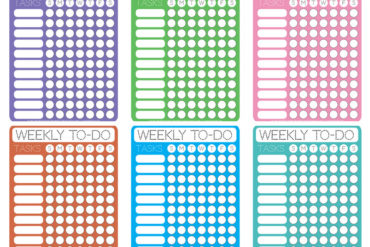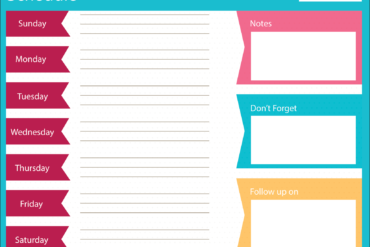If you were asked to make a list of all your possessions — including everything like computers and other electronics, clothing, furniture, large & small appliances, kitchen equipment, baby gear, gardening tools, automotive equipment, jewelry, etc. — could you do it?
It’s not easy to do it all from memory. But if your house or apartment is destroyed by fire or damaged by a tornado, you would need to complete such a list to be compensated by your homeowner’s or renter’s insurance. (In the unfortunate instance of theft, the police also would need to know what was taken.)
You need a list

To recover stolen items or settle insurance claims, it’s important to have a detailed list of losses, proof of ownership, and documentation of value. (This information also can help if claiming casualty or theft losses on your tax returns.)
There are several methods you can use to create your own household inventory, each of which has advantages and disadvantages. However, a combination of several methods may be more effective in establishing loss, ownership and value.
Where to start
A thorough household inventory will take some time and effort to complete. You may want to start by videorecording each area (or taking broad, overlapping photographs) and storing the videos/memory card and/or photographs in a safe place.
Whichever methods you choose, the key is to be systematic. Make your inventory room by room (or if you prefer, category by category). Start at one point and go around the entire room, listing and photographing/video recording each item or area. Don’t forget to open drawers, cabinet doors and closet doors, and also check the attic, basement, garage and your car trunks/storage areas.
For a written inventory
To create a written inventory, you have several options. For one, you can buy a book like My Home Inventory Organizer: One Place to Record and Organize Your Home Inventory (shown at right). You can also use a 3-ring binder with looseleaf paper — or with printouts of the worksheets linked below — with each room or category, such as kitchen appliances or lawn equipment, on a different page. This allows you to easily add or remove pages, and thus keep the inventory up-to-date. (Use tabbed or other dividers to keep them organized.)
You can then intersperse inventory pages with photos — such as by attaching them to stiff paper or by including them in plastic photo pages or pockets that fit in 3-ring binders — in this type of inventory.
Get detailed checklists
Here are two different detailed home inventory checklist workbooks you can download for free:
Adapted from information courtesy of the Kansas State University Agricultural Research Station and Cooperative Extension Service







